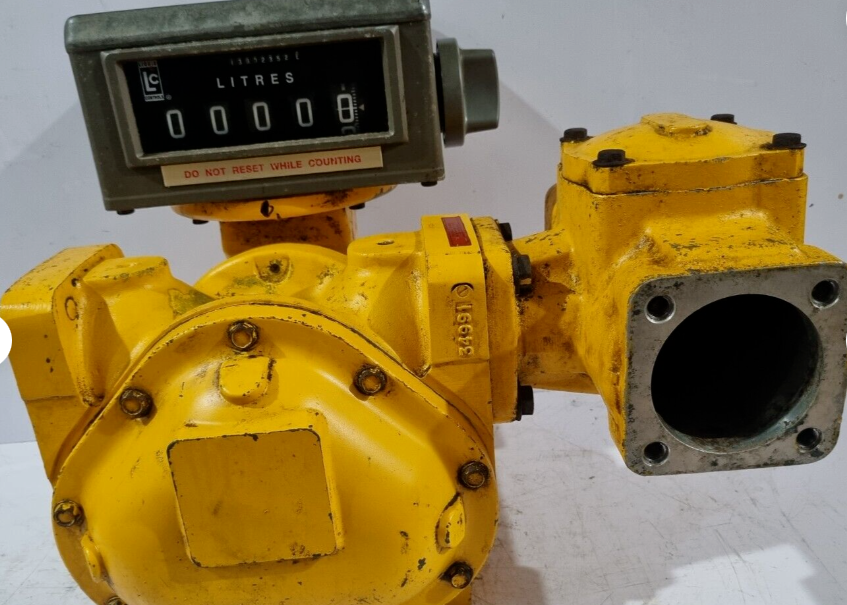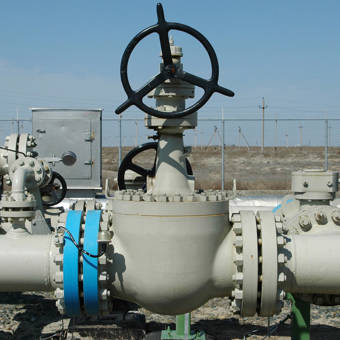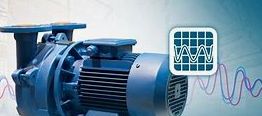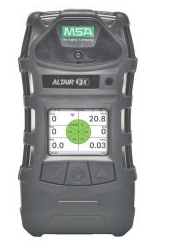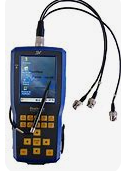
Vibration Sensors (Transducers) calibration
Vibration transducers are devices, which detect vibration of moving mass and convert the mechanical vibration into an electric signal. The electrical signal is fed into an instrument VIA A cable. The instrument processes the signal and converts it into the appropriate vibration unit (velocity, acceleration, and displacement) for display and control.
Vibration transducers measure either absolute or relative vibration. Relative vibration transducers are of proximity probe type. Example Shaft vibration measurement relative to the bearing housing or casing. Absolute vibration transducers include velocity transducers and accelerometers, mounted on the body (casing) of the protected equipment.
Absolute vibration transducers
Absolute Vibration transducers measure structural vibration. They differ from proximity probe systems because they mount to the case or to the bearing housing. They can measure the overall mechanical condition of the surface of the machinery they are mounted to.
1 - Velocity Transducers
Velocity transducers measure the velocity of vibration of a vibrating object. The probe with the probe housing is permanently fixed onto the vibrating part, normally a bearing housing or machine casing. A coil in the probe housing senses the vibration of a permanent magnet and produces a signal proportional to the vibration velocity. The frequency range of velocity transducer should be from 10 Hz to 1000 Hz (600 RPM to 60,000 RPM), adequate to identify problems such as unbalance, misalignment and bent shafts, See figure 31.
2 - Acceleration Transducers
Acceleration transducers also known as accelerometers measure the acceleration of vibration. This type of transducer consists of a piece of crystal (Piezo electric) and a spring mass arrangement. As the crystal is squeezed due to acceleration of the body, which is fixed to the vibrating object, it produces an electrical out put. This out put is proportional to the force applied to the crystal and therefore the acceleration of the vibrating object.
The frequency response of accelerometers is sufficiently wide from 10 Hz to 20,000 Hz. To cover most marring equipment problems, it is possible by means of suitable electronics to convert accelerometer signals into velocity or displacement of vibration. Two types, the Accelerometer and Bently Nevada’s Velomitor®, contain a Piezo-electric crystal that converts machinery movement into a voltage that is sent to the monitor. These types of transducers can be very susceptible to noise problems,
3 - Relative displacement Transducers
These are known as eddy current probes. On machines with sleeve bearings and known bearing clearances the movement of Shaft vibration relative to the bearing is very important. Relative displacement probes are used extensively for this purpose. The Transducers consists of a probe, containing a small coil in the tip. The probe is permanently mounted near to the machine bearing. As electrical signal is passed though the probe coil which in turn generates a magnetic field and induces 'eddy' currents in the Shaft. Movement of the Shaft, relative to the probe tips varies the eddy currents causing fluctuations which are directly proportional to the variation in the gap between the Shaft surface and the tip of the probe see figures 6,7&35. The proximity probe transducer system is a distance measuring device one of the ways this system is checked is to verify its electrical response against a known calibrated mechanical device. As shown in the schematic see figure 37, a micrometer with a target can be set up to the probe. A turn on the micrometer, changes the GAP in between the target and probe tip, the transducer system will convert this change with electrical voltage signal. The change in the gap and the voltage signal can be plotted. Measurements of I mil (25.4 microns) or less change can be detected. The probe can be installed on machinery. Mass/object Movement towards the probe or away causes the voltage to increase and decrease.

